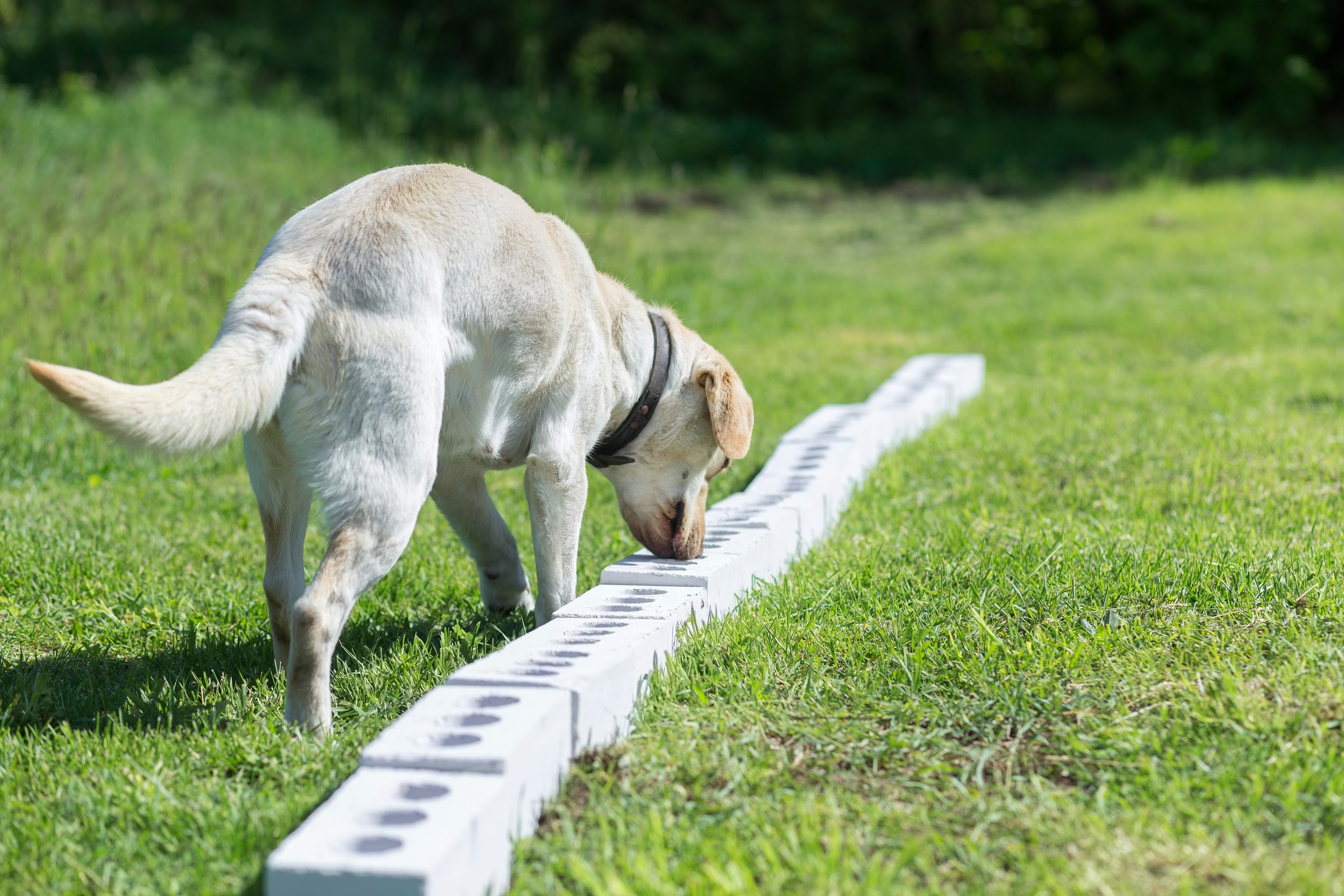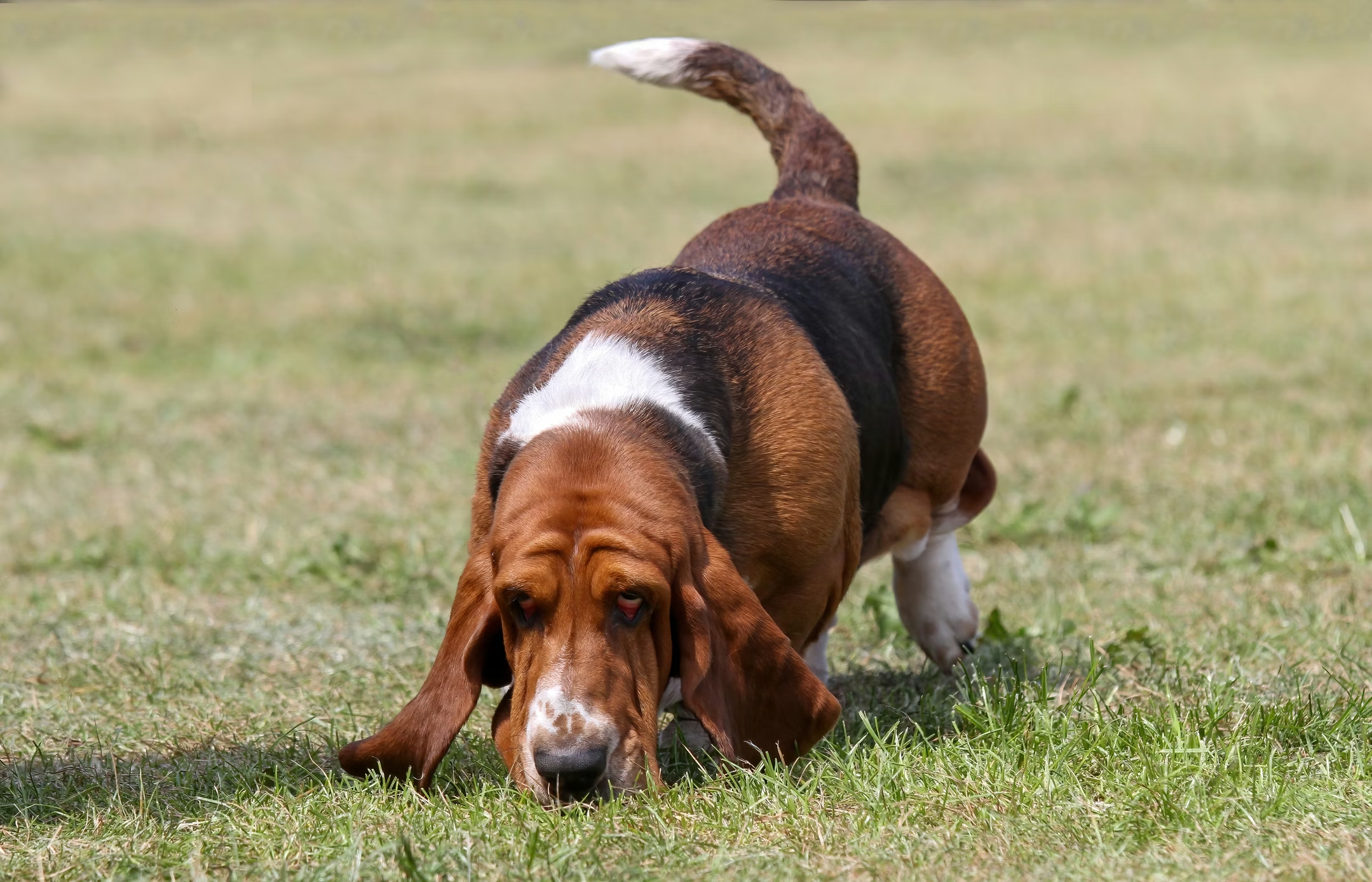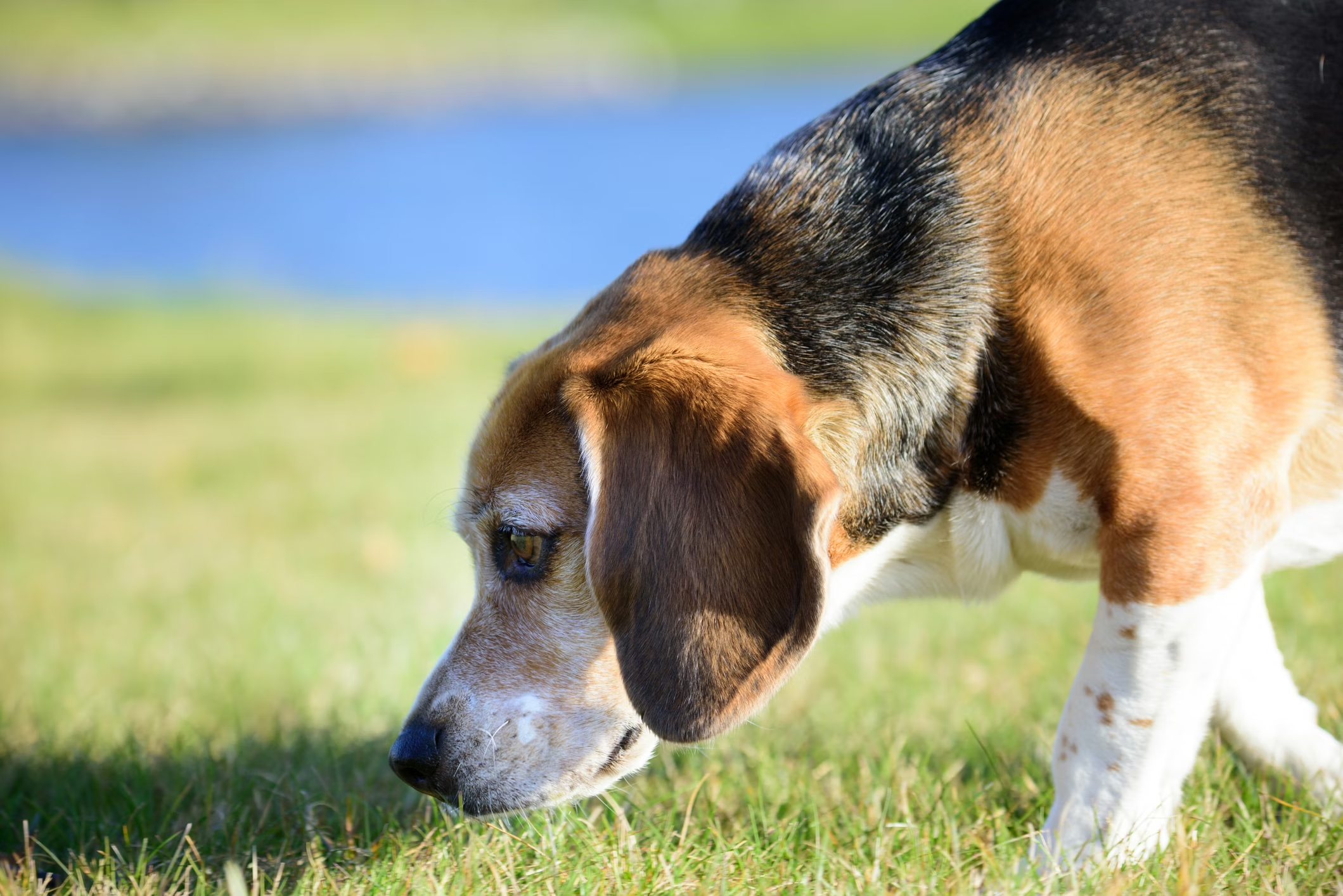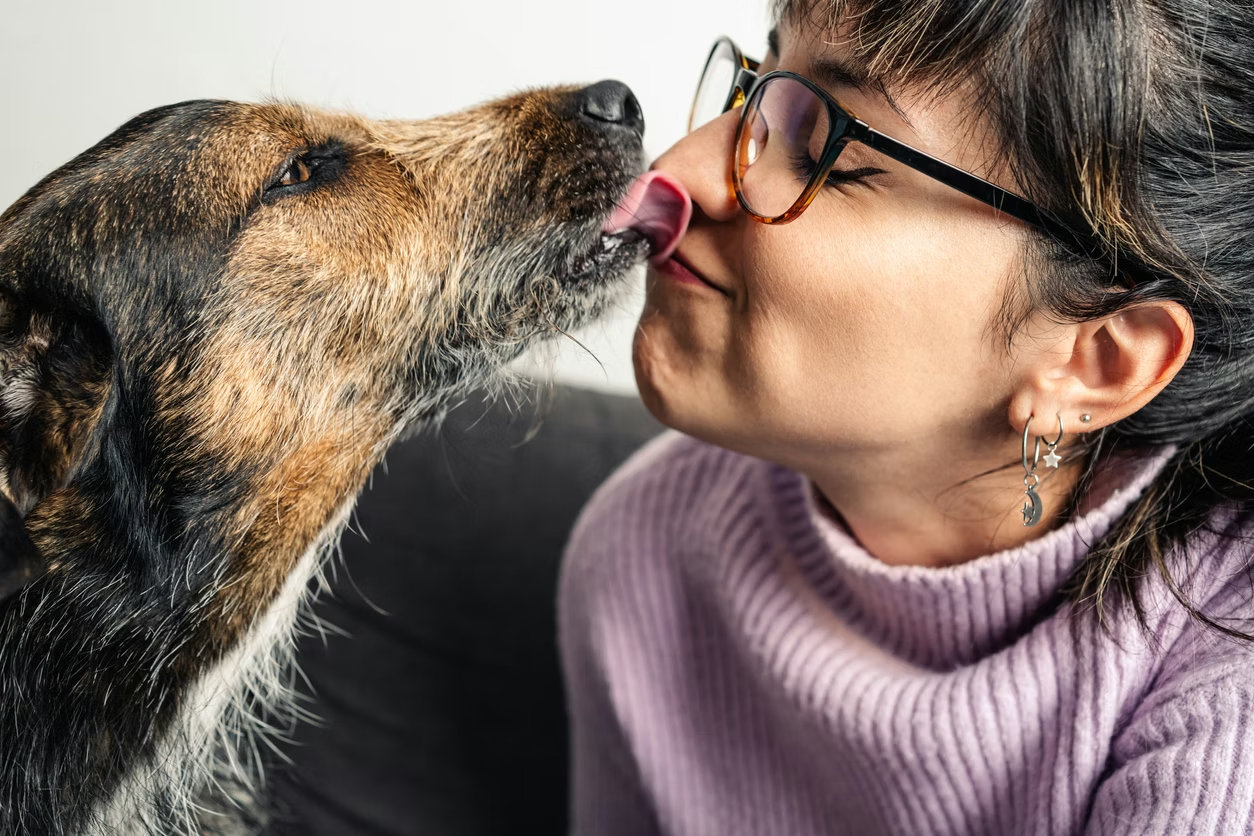Dogs are amazing animals, and their extraordinary sense of smell is one of their most impressive attributes. Just how good is that sense of smell? Dogs have up to 300 million scent receptors in their noses, compared to 6 million in humans.
Dogs’ sense of smell has evolved over centuries and helps them excel at jobs including hunting, search and rescue, bomb sniffing, and medical detection. But smelling doesn’t have to be all work and no play. Nosework is an enriching activity you can do with your pup to engage their natural skills and have fun together.
What is nosework?
Nosework, also known as scent work, is a dog training activity that taps into a dog’s innate sense of smell. The goal is to encourage dogs to use their noses to locate specific scents in various environments. The activities can be simple in the beginning and work up to more challenging searches.
The benefits of nosework
Scent is a primary means of communication among dogs, conveying information about their environment, other animals, and even their emotions. From identifying friends and foes to tracking prey or finding hidden objects, a dog’s nose is an indispensable tool. So, by finding ways to engage your dog’s nose, you’re providing them with essential enrichment and mental stimulation—both of which can alleviate boredom, reduce anxiety, and build confidence.
Dogs also like spending time with their people and being rewarded for being good pups. Nosework is an activity the two of you can do together that lets dogs show off their instincts and intelligence and strengthens your bond.

Getting started with nosework
As with all training, patience and positive reinforcement are the best tools for success. Frequent, short sessions that are fun and hold your pup’s attention will likely help your dog progress faster than long activities. Following is a basic progression that nosework may follow.
- Start with scent introduction
Begin with a single scent, like a few drops of essential oil on a cotton ball. Let your dog become acquainted with the scent and associate it with positive experiences. To do this, hold the cotton ball in one hand and praise your dog and offer a treat every time they smell it. - Introduce search commands
Teach your dog a specific command (e.g., "find it" or "search") to signal the start of the nosework activity. Do the same cotton ball exercise, but when your dog starts to move toward the cotton ball, give the command so they start to associate the word with the action of smelling the cotton ball. - Hide the scent
Conceal the cotton ball in a simple location, like a small box and place it in a room. The goal is to enable your dog to easily find it. Gradually increase the difficulty of the hiding spot as they become more comfortable with the activity. - Expand the search area
Move on to larger spaces, both indoors and outdoors. This challenges your dog to use their tracking abilities in various environments and with more distractions. - Increase the challenge
Introduce more complex scent games, such as scent trails, multiple hiding spots, or searching in different terrains.
While nosework training can be self-directed, classroom work with a knowledgeable trainer can be very beneficial, particularly for those who have struggled to consistently train their dog in the past. Once your dog gets comfortable with the basics, you can explore nosework competitions and titles, which are available to both purebred and mixed-breed dogs.

Breeds that thrive with nosework
While any dog can participate in nosework, certain breeds have been bred specifically to utilize their sense of smell and are natural fits for these activities. For example, breeds within the Hound, Sporting, and Terrier groups tend to excel at nosework. Some examples include:
Final thoughts
Engaging in nosework with your dog is a rewarding experience that taps into their natural instincts. It keeps their minds sharp and bodies active. And best of all, it’s an activity the two of you can do together. So what are you waiting for? Start your pup’s nosework journey and let the fun begin!















